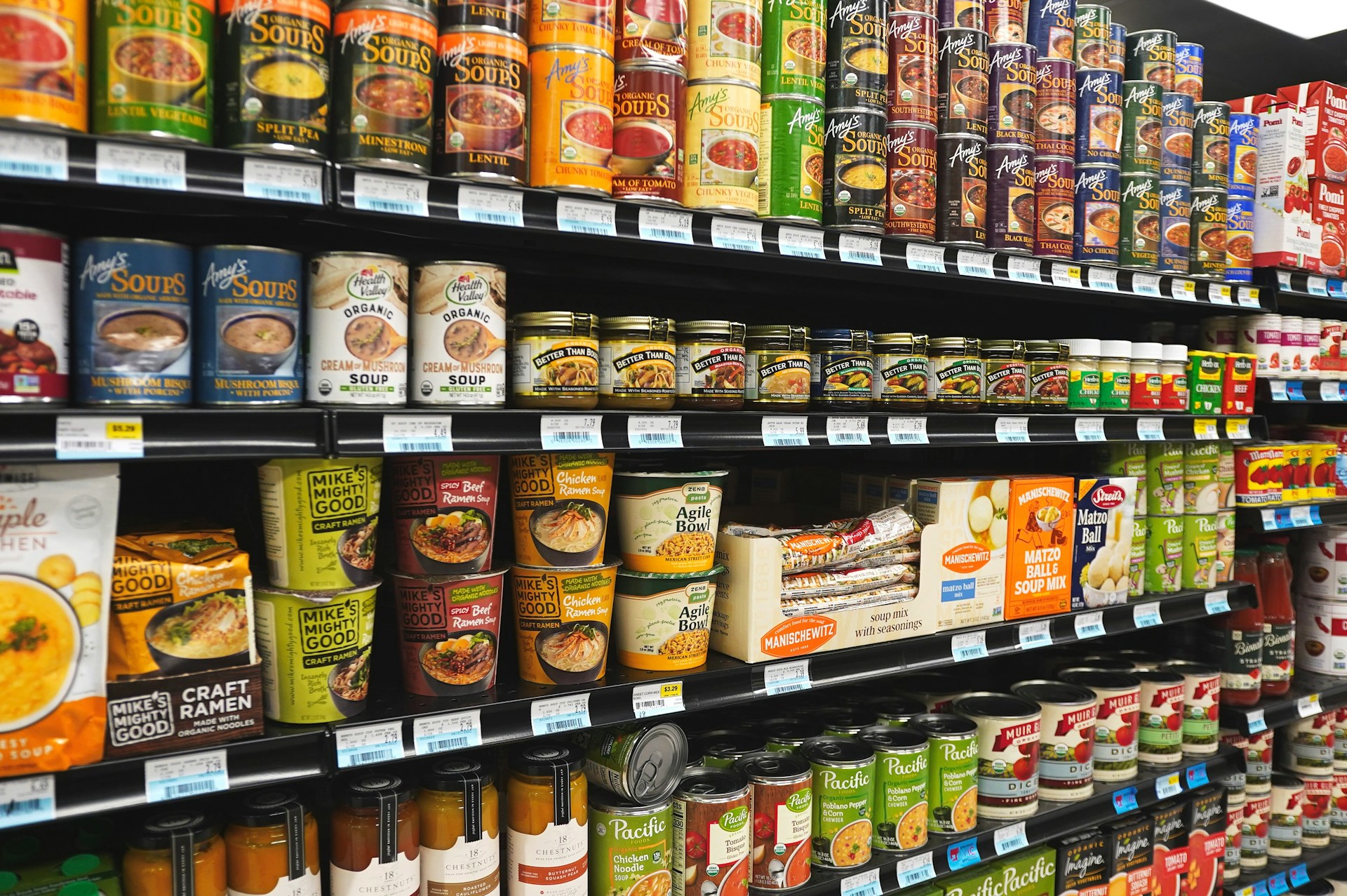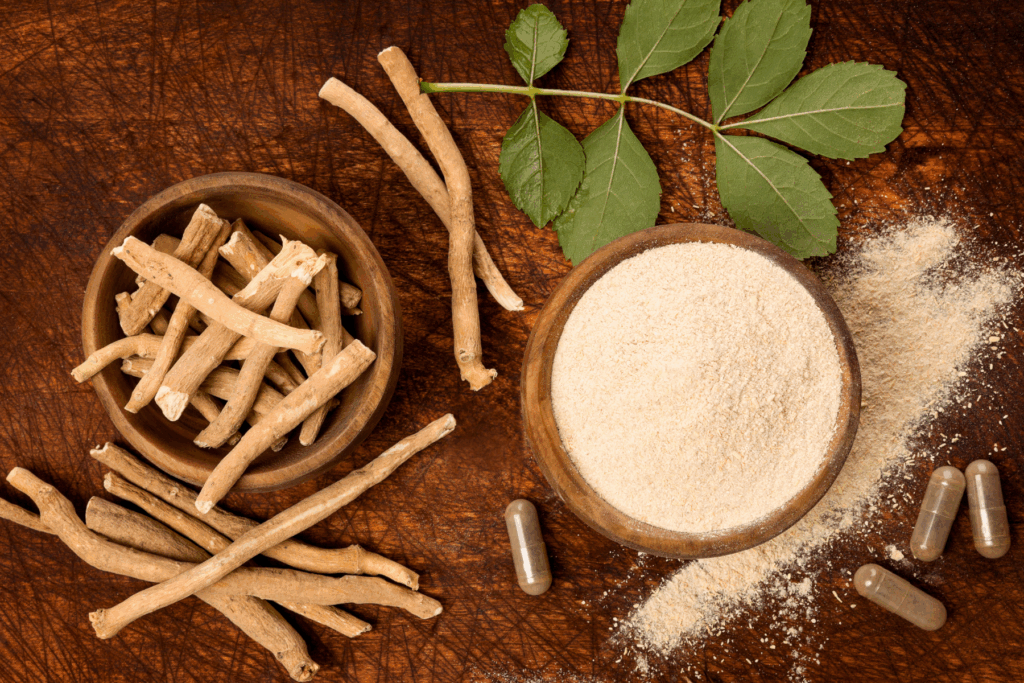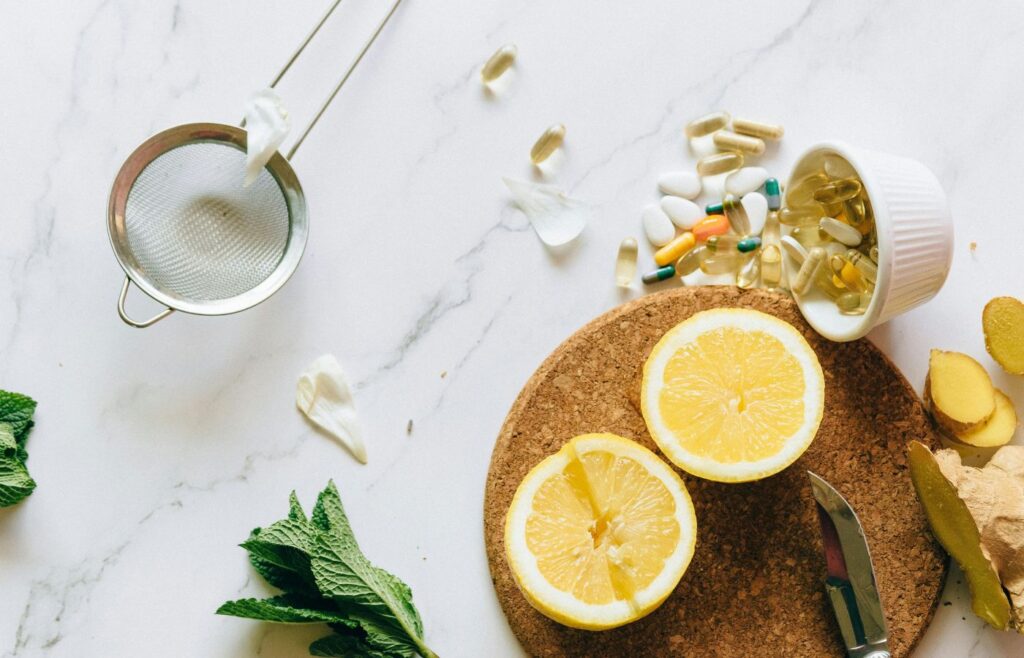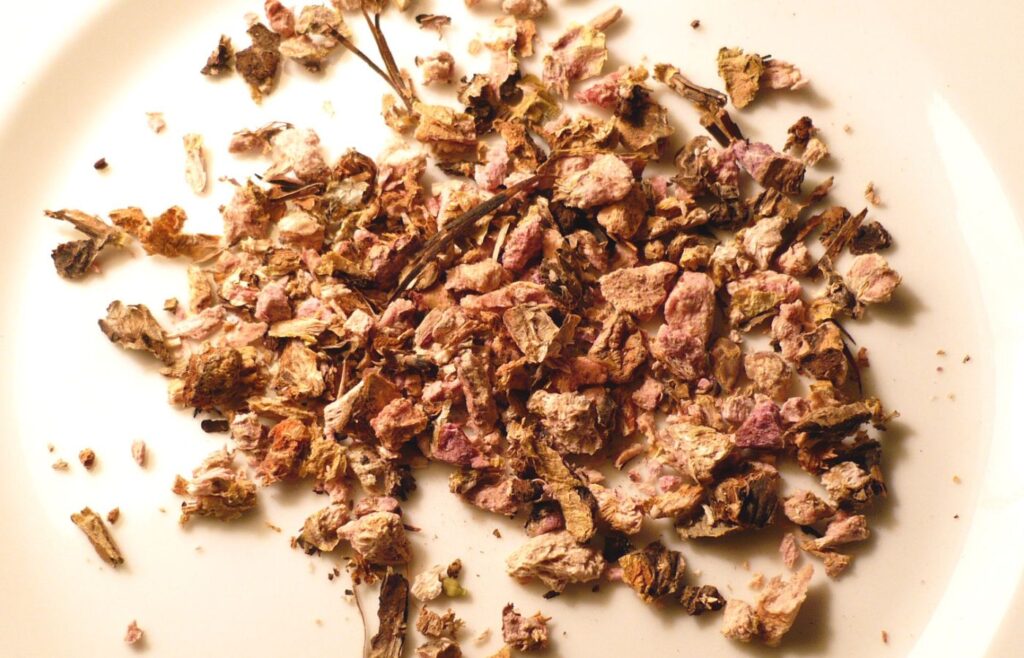Walk through any grocery store, and it’s easy to feel overwhelmed. “Natural,” “low fat,” “boosts immunity,” “heart healthy”—packaging today is more about persuasion than nutrition. Food labels are designed to sell, not always to inform. And what looks healthy at first glance often isn’t.
If you want to eat better without being fooled by clever branding, learning how to read a food label is one of the most valuable skills you can build. Here’s what marketing won’t tell you and how to spot what actually matters.
Front of Package vs Back of Package
The front of a package is advertising. It’s where buzzwords live: “gluten free,” “high protein,” “keto friendly,” “clean.” These terms sound impressive, but they don’t always reflect the quality of the food.
The real story is on the back, specifically in the nutrition facts panel and ingredient list. That’s where you’ll find out what’s really inside and how it stacks up to your health goals.
What to Look for on the Nutrition Label
Start by checking the serving size. Many packaged foods contain more than one serving, even if they look like a single portion. All the numbers listed—calories, sugar, sodium, and so on—are based on that serving size, not the entire package.
Added Sugar
Many “healthy” foods are loaded with added sugars. Yogurt, granola bars, sauces, and cereals are common culprits. Try to limit added sugar to no more than 25 to 36 grams per day, depending on your health needs. Natural sugars like those in fruit or dairy are different from added sugars, which are often hidden under names like cane juice, brown rice syrup, or maltodextrin.
Fiber
Fiber helps regulate digestion, keeps you full, and stabilizes blood sugar. Look for at least 3 grams of fiber per serving in packaged snacks, grains, or breads. Low fiber often means the food is highly processed.
Protein
Protein supports muscle, energy, and fullness. The amount you need varies, but 10 to 20 grams per meal is a good goal for most adults. Many plant-based snacks or bars promote protein but offer only small amounts. Read the label to be sure.
Sodium
Too much sodium can raise blood pressure and stress your heart. Packaged soups, frozen meals, and condiments can be especially high. Look for under 500 milligrams per serving, and be mindful of how many servings you eat.
Ingredients: The Real Fine Print
The ingredient list reveals the truth. Ingredients are listed in order of quantity, from most to least. The shorter the list, the better. If sugar, oil, or refined flour is in the top three, it’s not a great choice, even if the front says “made with whole grains” or “no artificial flavors.”
Watch out for:
- Multiple types of sugar
- Artificial sweeteners like sucralose or aspartame
- Hydrogenated oils, which contain trans fats
- Ingredients you can’t pronounce or wouldn’t cook with at home
Whole food ingredients like oats, beans, nuts, seeds, fruit, and vegetables should be easy to spot.
Red Flags in Marketing Language
“Light” or “Lite” often means watered down or artificially sweetened
“Natural” has no regulated definition and can be used freely
“Low fat” may mean high sugar to make up for lost flavor
“Multigrain” doesn’t mean whole grain—it just means more than one type of grain
“Immune boosting” or “heart healthy” are vague claims, not proven guarantees
Always go past the front of the box. A quick glance at the label will tell you more than any tagline ever could.
Tips to Shop Smarter
If you don’t recognize or understand an ingredient, research it or choose something simpler.
Compare similar products and choose the one with fewer additives and more fiber or protein.
Stick to the outer edges of the store when possible, where fresh produce, proteins, and whole grains tend to live. Buy fewer products with bold health claims and more real foods that speak for themselves.
Food marketing is powerful, but you’re smarter than the packaging. Once you learn to read past the buzzwords, you’ll make choices that truly serve your health and goals.
It’s not about perfection. It’s about awareness. When you know what you’re looking at, you don’t have to be fooled. You take back control, one label at a time.



